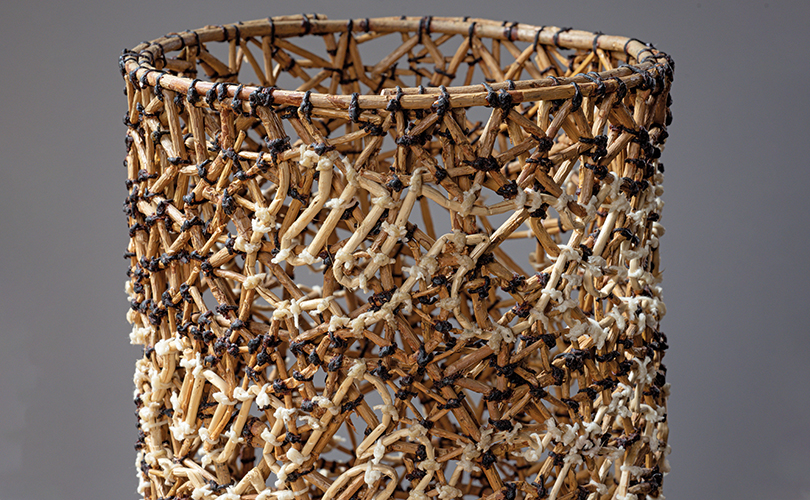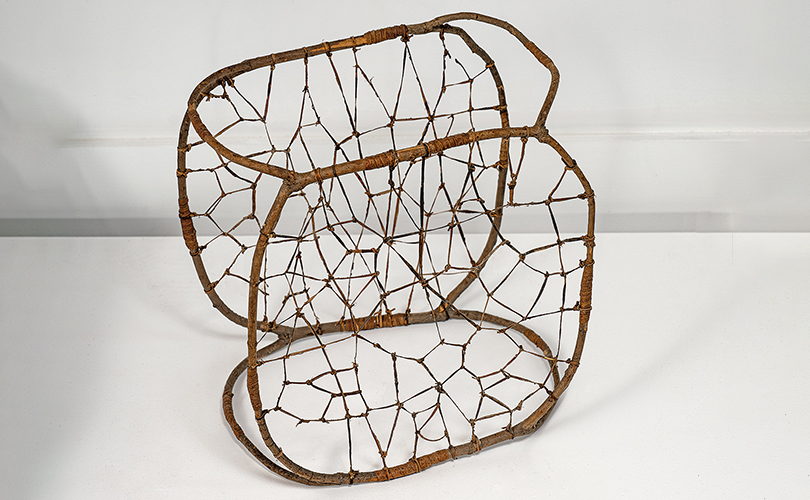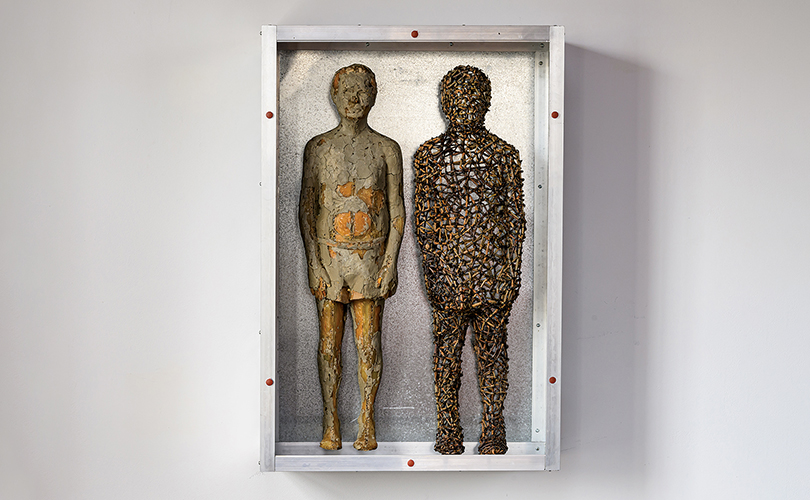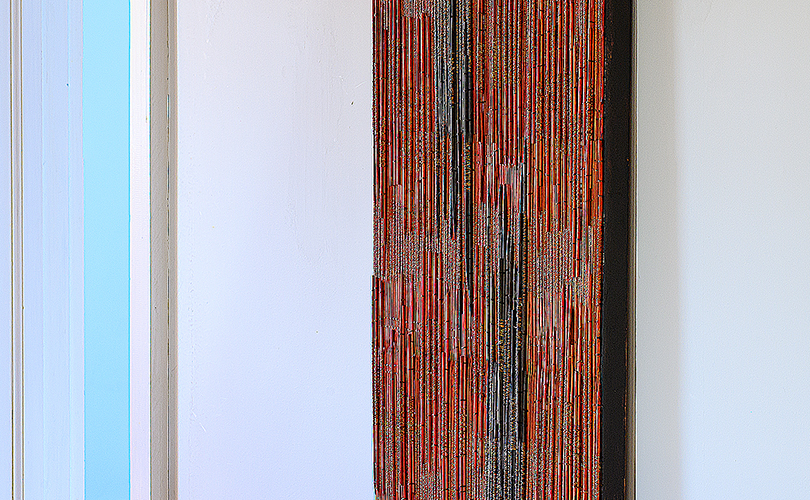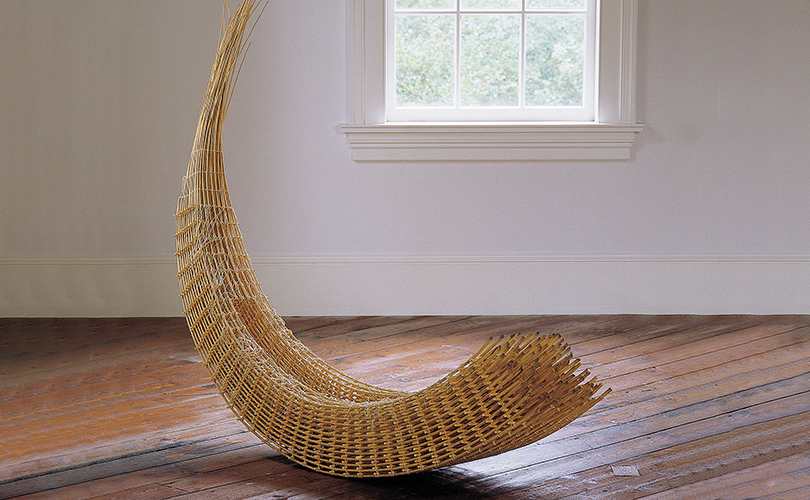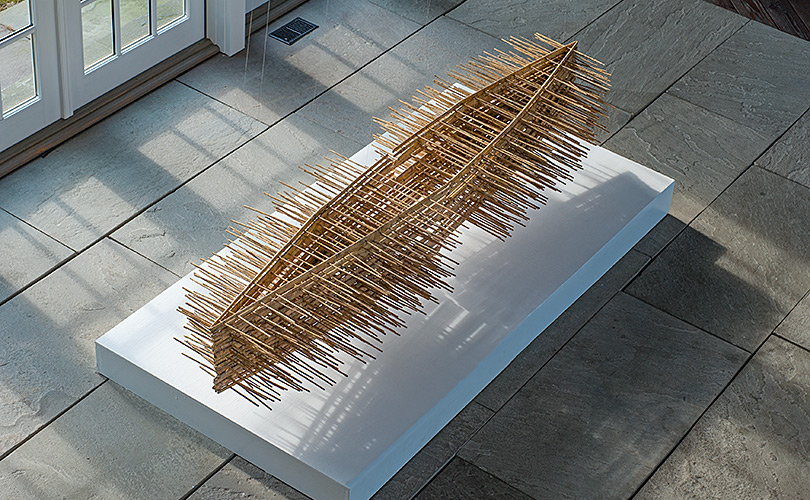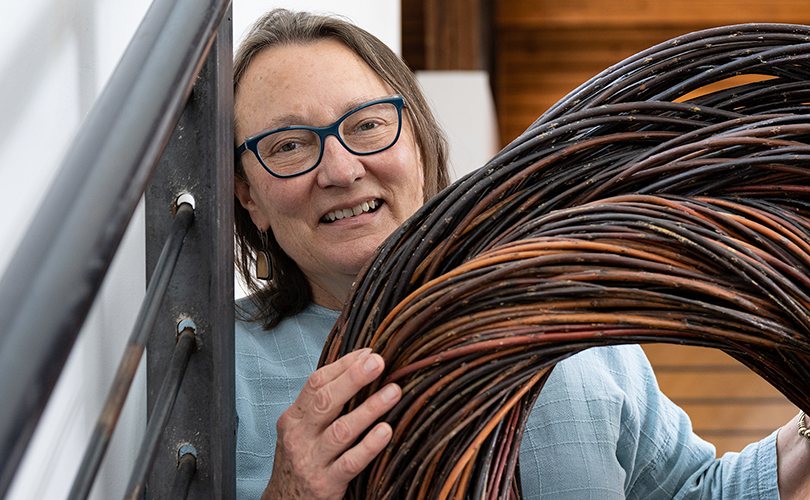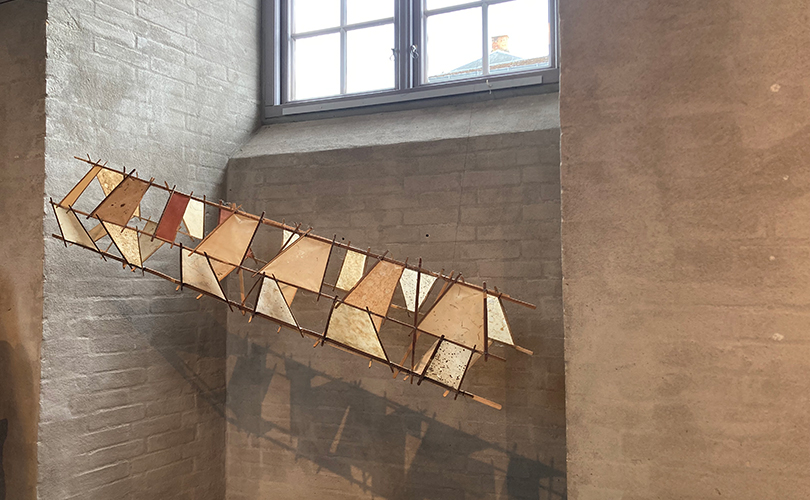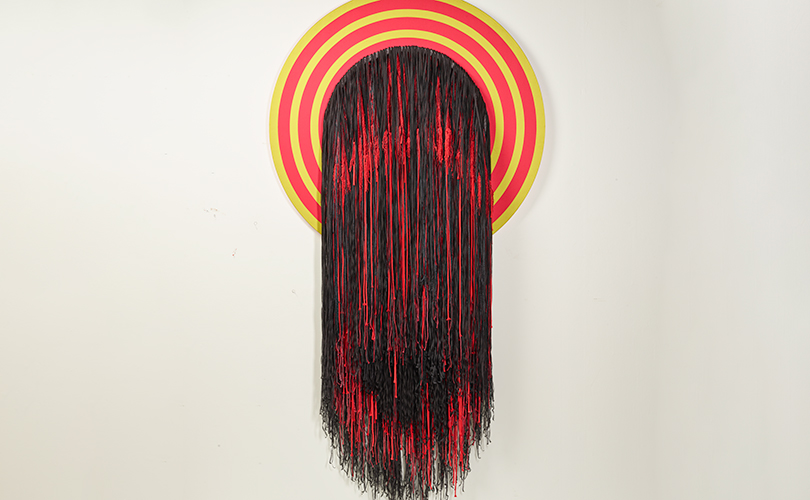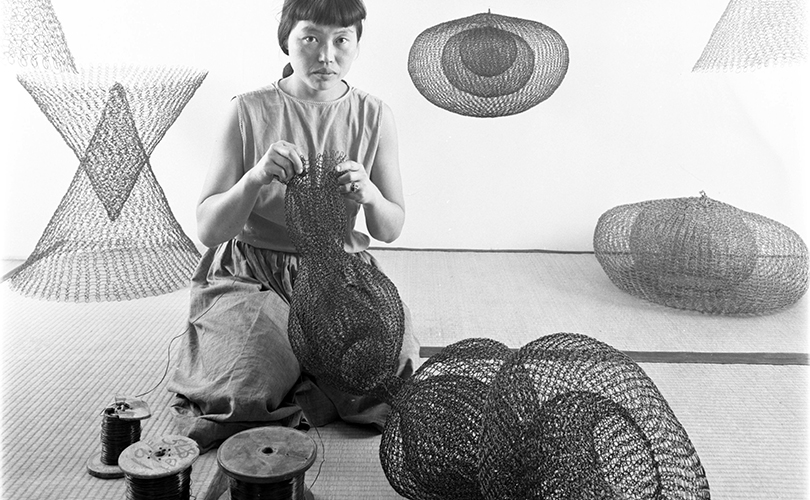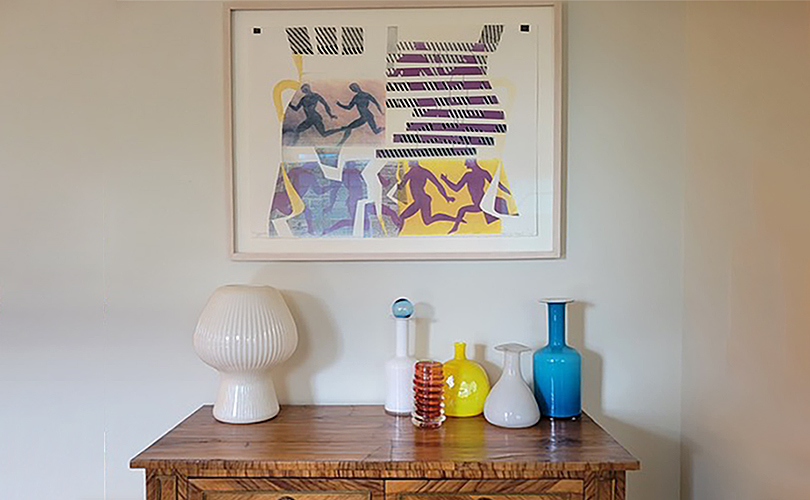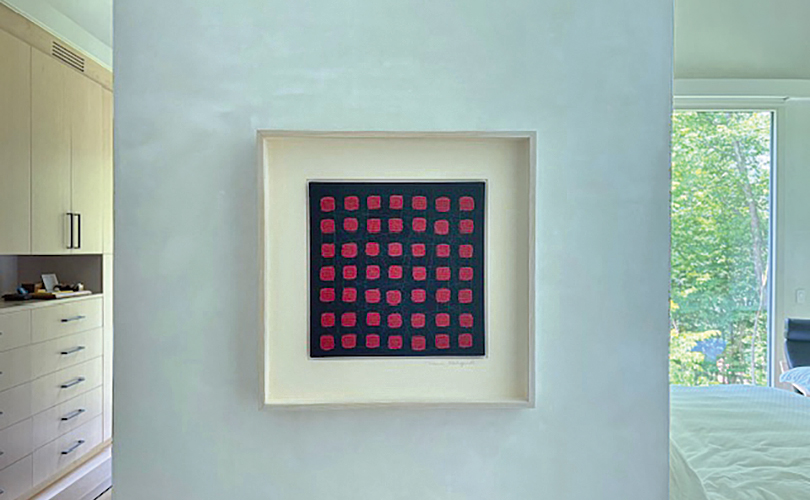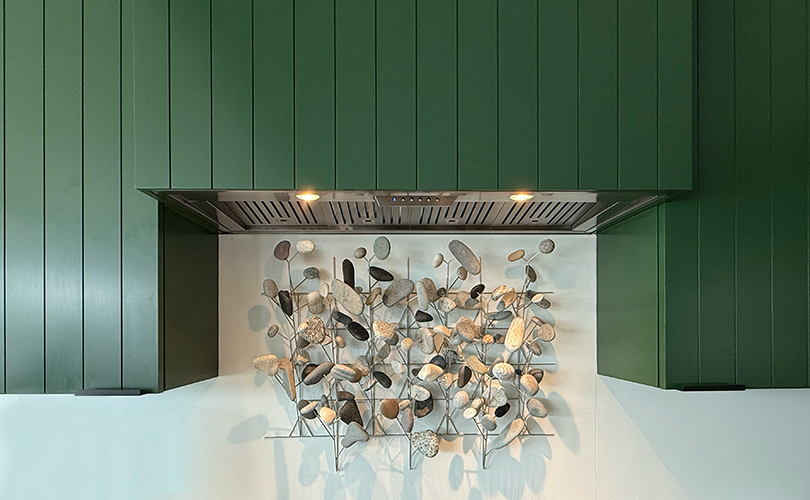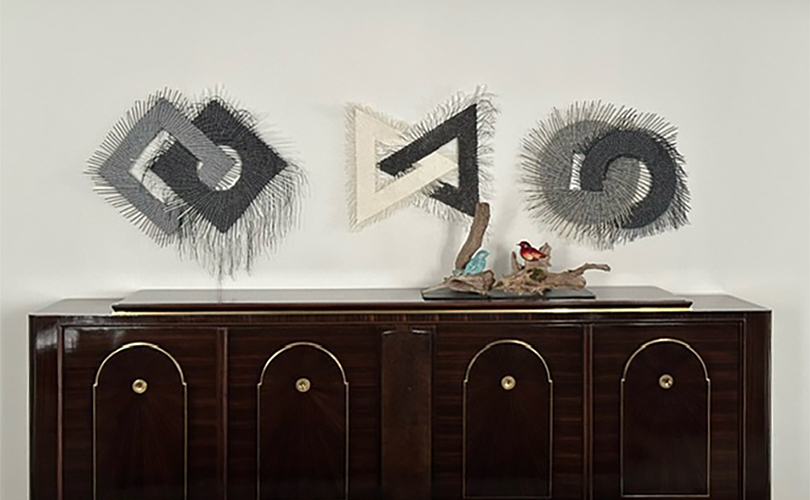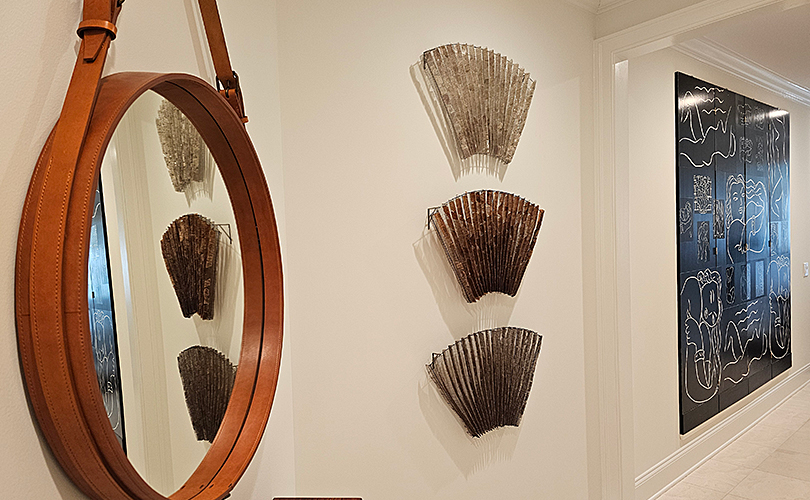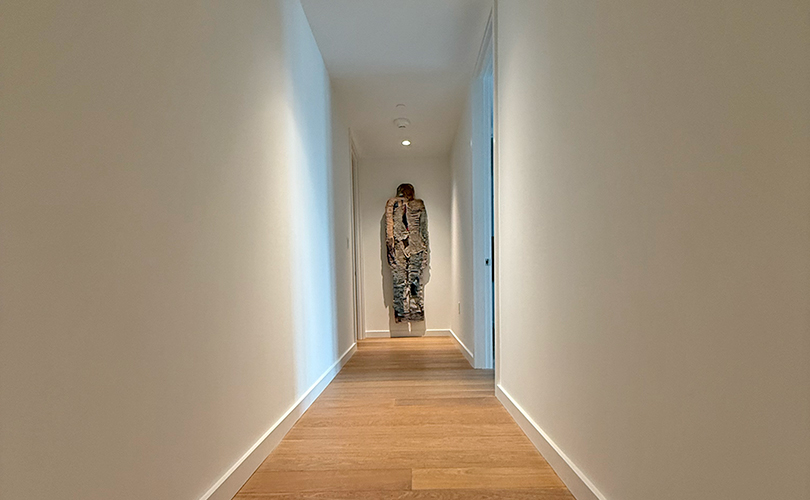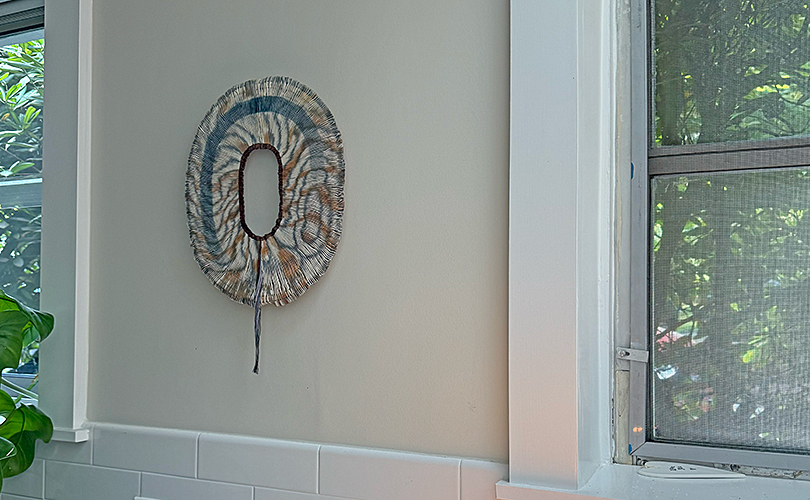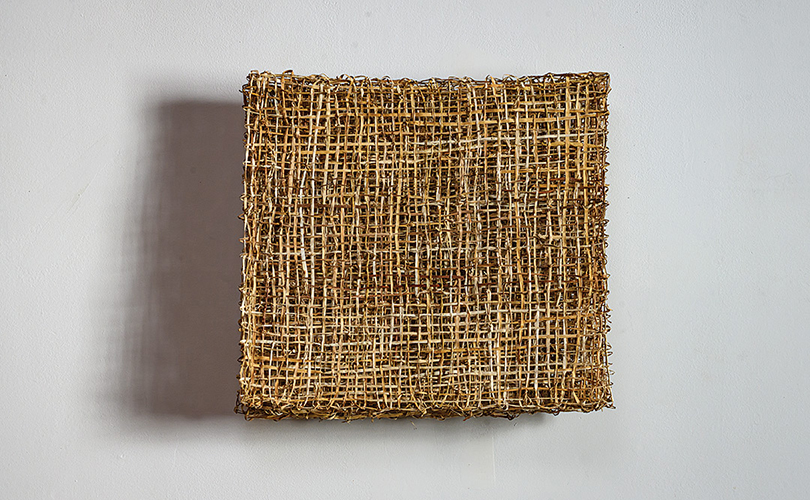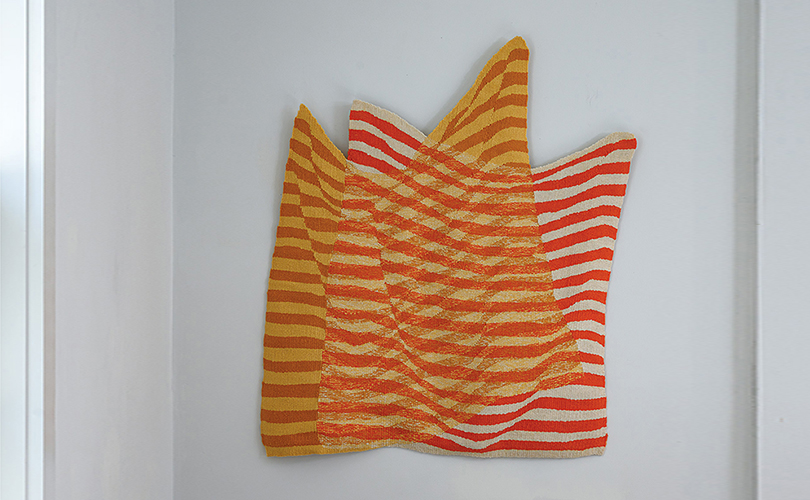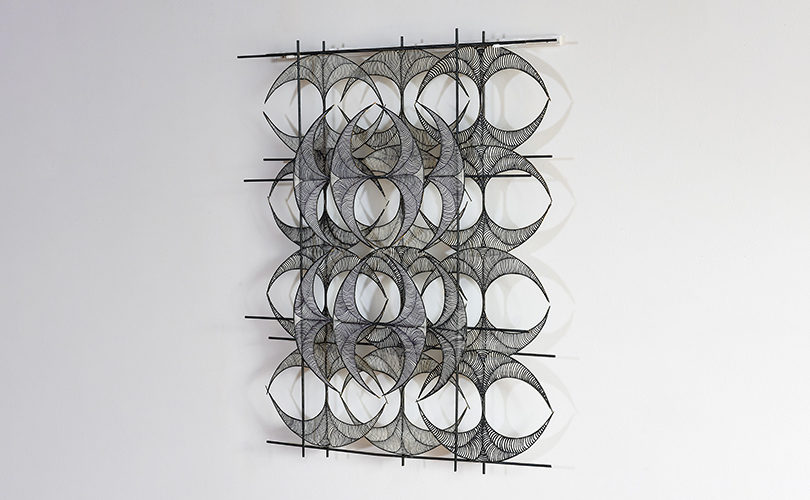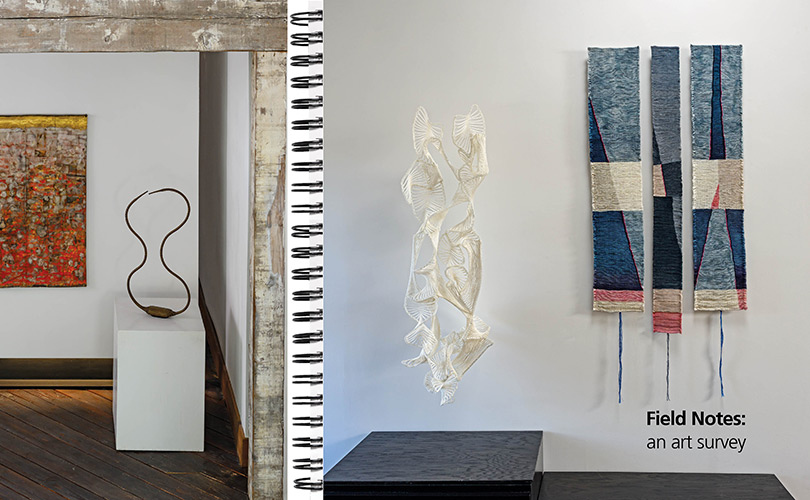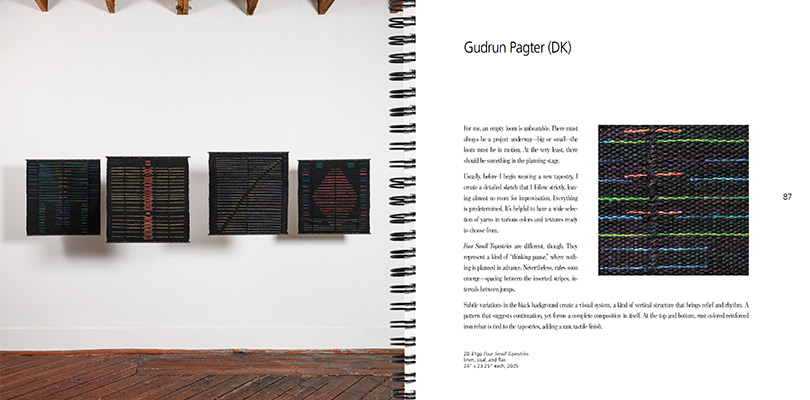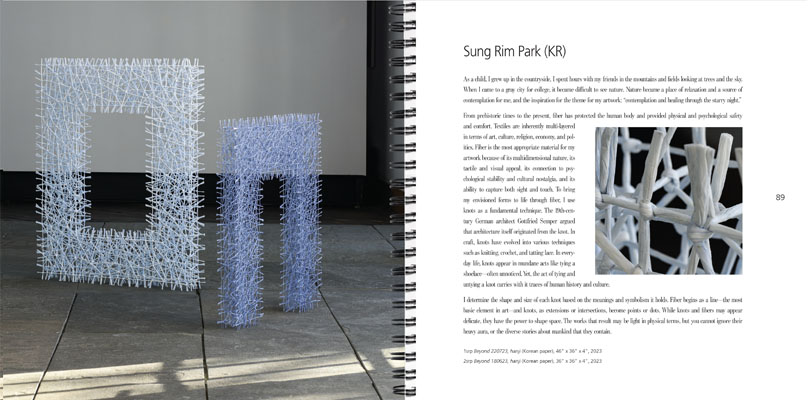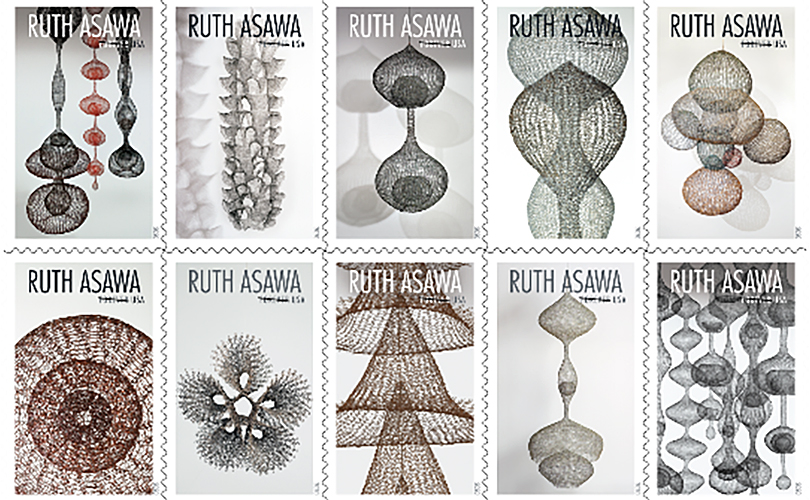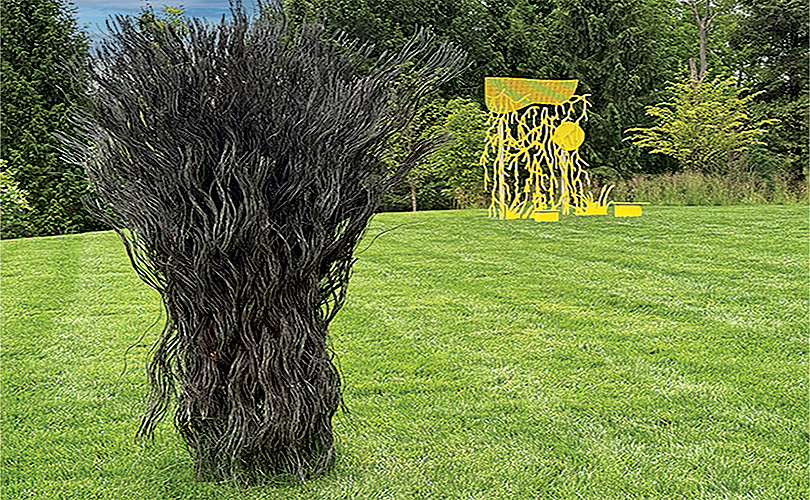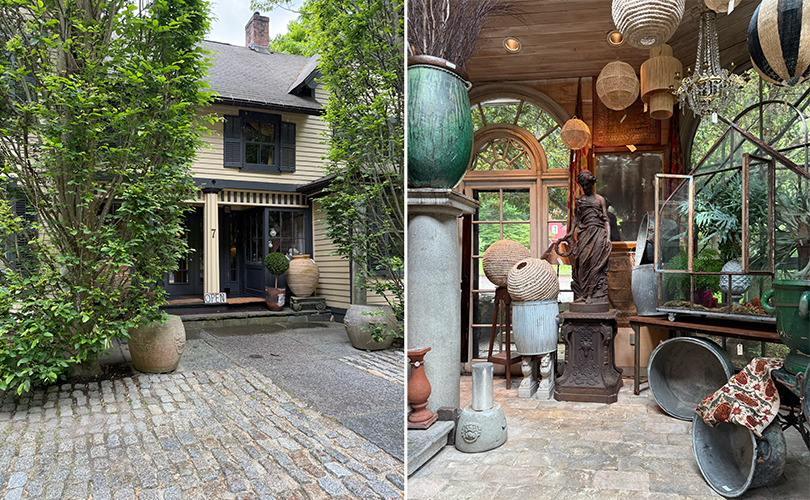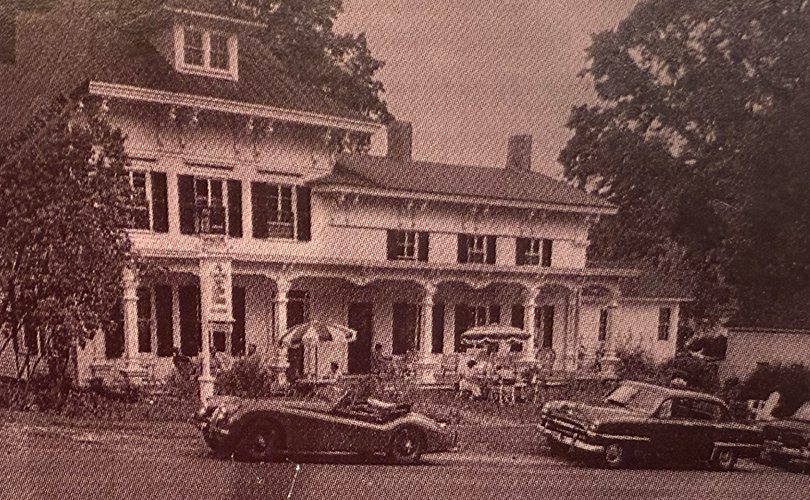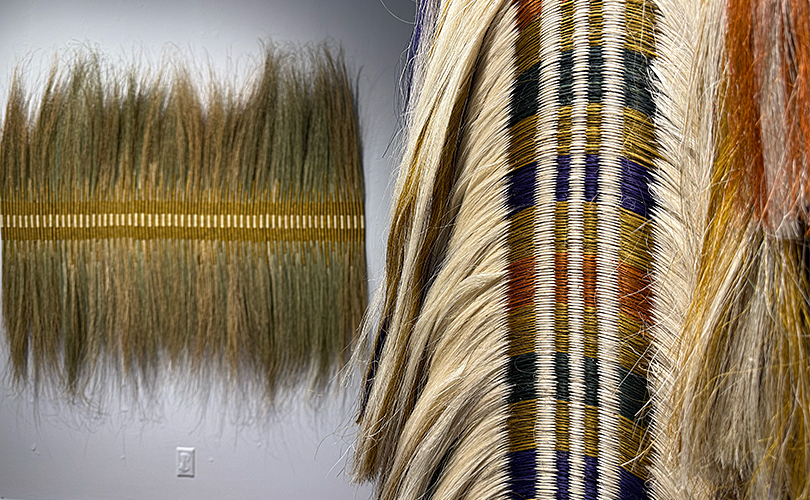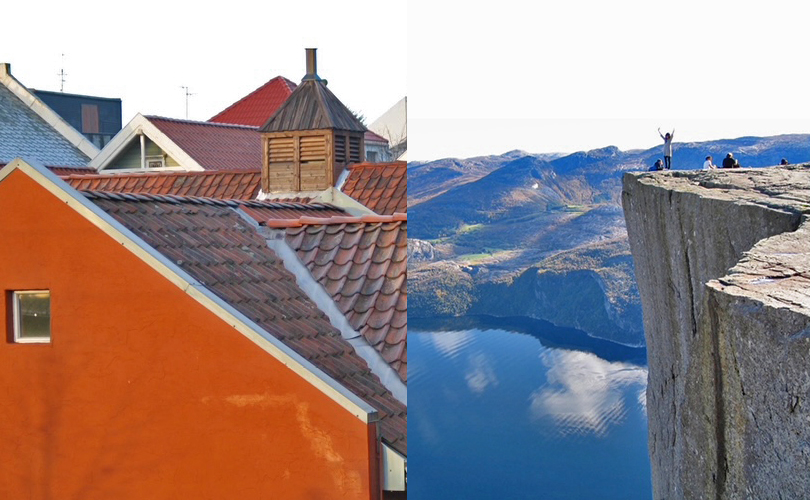
Residencies are prized by artists — they offer dedicated time, space, and resources for artists to focus on their creative work, often in a novel and inspiring environment. “[B]y inserting artists into a different environment, a residency lifts them out of their ordinary routines and obligations, conferring new perspectives as a result, and potentially fostering new creative works.” (Katy Wellesley Wesley, “Sweet retreats: everything you need to know about artist residencies,” The Art Newspaper, May 27, 2022.) Specifically, they offer time and space — dedicated periods free from daily distractions, allowing artists to immerse themselves in their work, experiment with new ideas, and develop their practice; new environments — Living and working in a new place can spark creativity and offer fresh perspectives. financial support — Residencies can provide financial assistance making it easier for artists to focus on their work without financial strain; professional development — Some residencies offer opportunities for mentorship, workshops, and networking; and opportunities to experiment and innovate — the freedom and resources of a residency can encourage artists to take creative risks, explore new mediums, and push the boundaries of their artistic practice.

Many of the artists who work with browngrotta arts have used residencies for just these purposes — to explore, experiment and engage in a new environment. Sue Lawty of the UK took part in the highly selective International Artists Studio Programme In Sweden (IASPIS). Occupying nine visual art studios + a dance studio in an old tobacco factory in Södermalm, Stockholm, a 50/50 bunch of diverse Swedish and International practitioners met, lived and worked alongside each other for three wonderful creative months. “I approached the opportunity with a completely open mind –– no agenda –– simply to be available to what Sweden had to offer and to my response to that,” Lawty says. “I found myself standing back from my work, an observer, assessing.” The north northern hemisphere had its effect, “SO good and now lodged deep in my soul …” In the west she found inspiration in: “keen winds and the intense low sunglow of the winter solstice across icy slabs of rock – visceral experiences of living within feet of the ocean on the tiny outcrop island of Rörö at the north of the Gothenburg archipelago.” In the east: “bright/ low/north light/ greys and blues, textures of snow/ ice/ water/snörök and the crumpled frozen Baltic Sea stretching towards the horizon.”
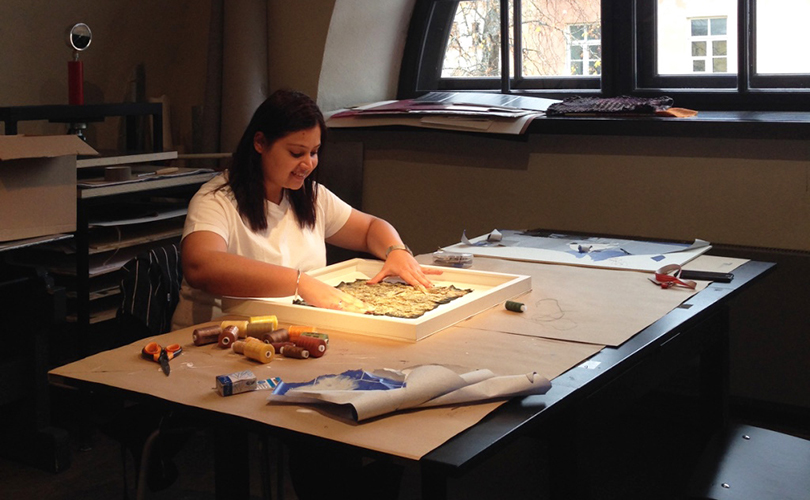
Location impacted Neha Puri Dhir, too, who travelled from India to Latvia for a residency at the Mark Rothko Art Centre. In her case it was aesthetic proximity and contact with the natural environment. What Dhir realized studying in the environs of the legendary artist was that Rothko was expressing essential human emotions that are invariably layered and multifaceted like his work. “The layering of colors and mixing of oil and egg-based paints for expression — have all left an indelible mark on my art,” she says. Dhir’s resist-dyeing based art practice also involves extensive interplay of colors brought in by layering and multiple levels of dyeing, but in her case the genesis is one thought or emotion, which has been triggered by some experience or conversance. “The works that I created at the Mark Rothko Art Centre were solely influenced by the environment, the emotions which were triggered by the abundance of maple leaves in the glorious fall.”

“The time we spend in a residency always adds up to a new result,” Baiba Osite says. Osite travelled from Latvia to the Icelandic Textile Centre in Blönduós. The Centre has extensive facilities: a weaving room with looms and a professional specialist who helps residents realize ideas, a large workshop space with tables and a beautiful view of the sea, another workshop space in a smaller building across the yard, with yarn-dyeing capabilities, where digital looms are located. Osite pursued her own projects, offered a workshop on silk painting to local artists, and traveled to northern Iceland and Reykjavik. “The Icelandic landscape has not directly influenced my work. But the harsh northern nature of Iceland with its open spaces, mountains, sea and strong winds left a deep impression.” It’s trite, but true, she concludes, travel broadens horizons.

For Christine Joy, it was less a change of surroundings than the “quiet and uninterrupted time to think and work and weave” that she found at a solitary residency in Willow Creek, Montana. “I am still trying to capture the movement of nature,” she says. There were two pieces she worked on while there. “I think just getting out of my studio and looking at them in a new place and with new perspective helped me see the direction they needed to go. I really found the direction for 3 Circles at Willow Creek. I love the movement it developed. Now it is like weaving on a big knot and trying not to lose the looseness.”

Misako Nakahira found her residency an opportunity to learn new techniques. “Last year, I stayed in Melbourne, Australia, as an artist-in-residence at the Australian Tapestry Workshop. ATW is one of the leading tapestry studios in Australia, and I became deeply interested in their work,” she says. “I was particularly influenced by their high level of technique and use of color. Since returning to Japan, I have been incorporating the methods I learned from them into my own work.”

During the month of February, María Dávila and Eduardo Portillo were Artists in Residence at the Glass Pavilion of the Toledo Museum of Art in Ohio. The Museum invites artists who work in other mediums to experiment in glass. “We had an extraordinary time getting to know a fascinating material and amazing process,” the artists wrote. “We had the support from great artists and specialists of the Glass Pavilion team and we were able to make some pieces that link our textile practice and glass.”

Paul Furneaux’s experience underscores how impactful a residency can be. He ventured north from Scotland to Norway, near Stavanger and the work that resulted transformed his art practice. In Norway, he had a pivotal day. “I was surrounded by huge fjords, full of magic, with colors that were intensified by rich sunlight. I observed the immense powerful nature that surrounded me, looking from one side of an enormous fjord to the other and down towards the sea,” he says. “That evening, I worked on a small series of prints, simple prints about that physical, yet abstract step of land into sea; I worked and worked, slightly frantic and frustrated. It was two o’clock in the morning and I decided to wrap and paste one of the small prints around the oval date box from which I had been snacking. I went to bed exhausted but early in the morning I ate more dates for breakfast so that I could wrap another print around another box. There I found a conceptual shift in my work.” Furneaux returned to Scotland and decided to try to work full time as an artist and began to wrap other objects in mokuhanga (Japanese wood block prints) in earnest. “The immense overpowering fjords, the shadow casting and echoing of one side of the fjord to the other, was what I was trying to reflect in this new artistic dialogue,” Furneaux says.
“A new beginning, a unique voice, an undiscovered method,” what Paul Furneaux found in his residency aptly summarizes the appealing potential of an artist’s residency.


